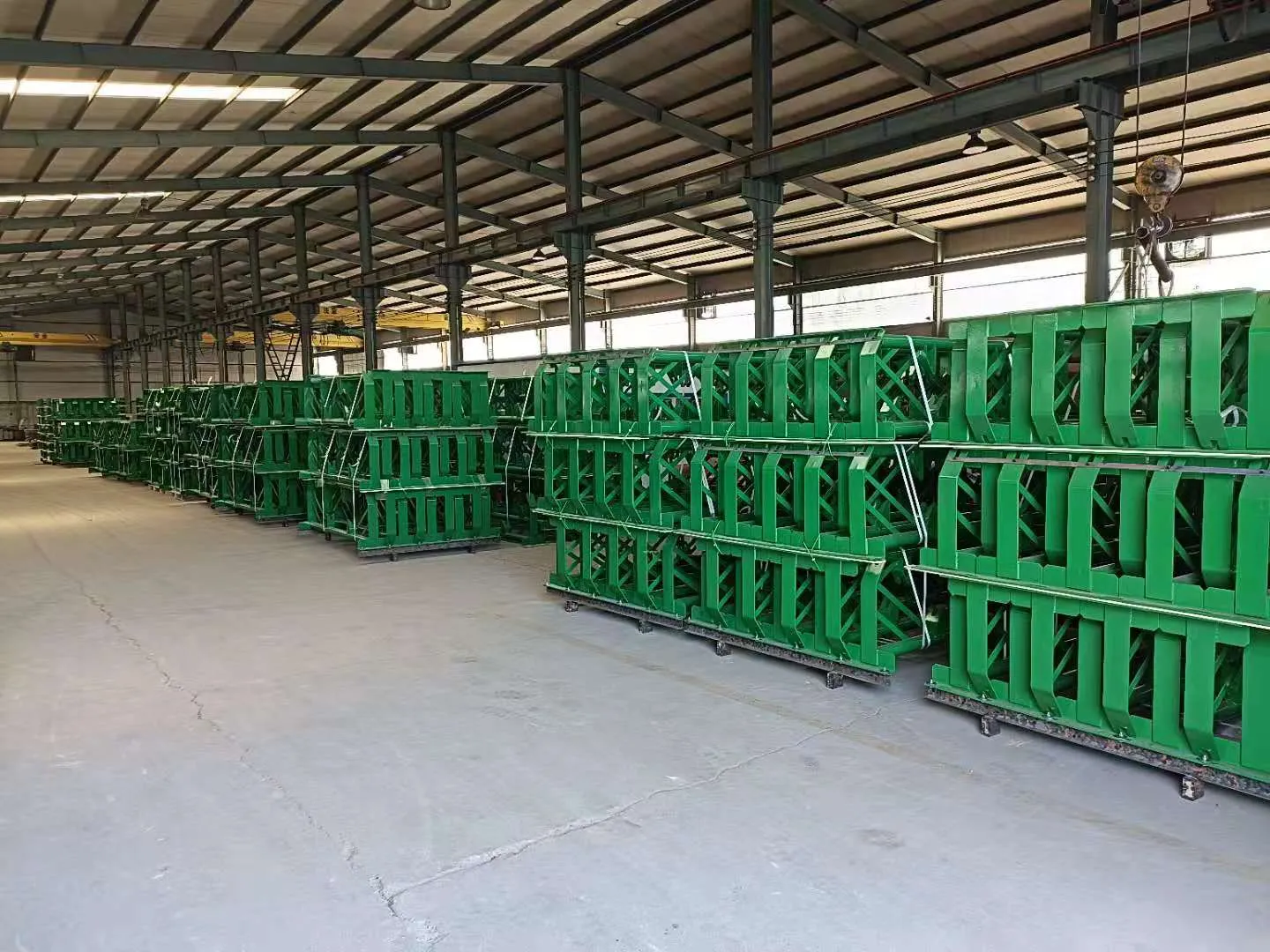 Afrikaans
Afrikaans  Albanian
Albanian  Amharic
Amharic  Arabic
Arabic  Armenian
Armenian  Azerbaijani
Azerbaijani  Basque
Basque  Belarusian
Belarusian  Bengali
Bengali  Bosnian
Bosnian  Bulgarian
Bulgarian  Catalan
Catalan  Cebuano
Cebuano  Corsican
Corsican  Croatian
Croatian  Czech
Czech  Danish
Danish  Dutch
Dutch  English
English  Esperanto
Esperanto  Estonian
Estonian  Finnish
Finnish  French
French  Frisian
Frisian  Galician
Galician  Georgian
Georgian  German
German  Greek
Greek  Gujarati
Gujarati  Haitian Creole
Haitian Creole  hausa
hausa  hawaiian
hawaiian  Hebrew
Hebrew  Hindi
Hindi  Miao
Miao  Hungarian
Hungarian  Icelandic
Icelandic  igbo
igbo  Indonesian
Indonesian  irish
irish  Italian
Italian  Japanese
Japanese  Javanese
Javanese  Kannada
Kannada  kazakh
kazakh  Khmer
Khmer  Rwandese
Rwandese  Korean
Korean  Kurdish
Kurdish  Kyrgyz
Kyrgyz  Lao
Lao  Latin
Latin  Latvian
Latvian  Lithuanian
Lithuanian  Luxembourgish
Luxembourgish  Macedonian
Macedonian  Malgashi
Malgashi  Malay
Malay  Malayalam
Malayalam  Maltese
Maltese  Maori
Maori  Marathi
Marathi  Mongolian
Mongolian  Myanmar
Myanmar  Nepali
Nepali  Norwegian
Norwegian  Norwegian
Norwegian  Occitan
Occitan  Pashto
Pashto  Persian
Persian  Polish
Polish  Portuguese
Portuguese  Punjabi
Punjabi  Romanian
Romanian  Russian
Russian  Samoan
Samoan  Scottish Gaelic
Scottish Gaelic  Serbian
Serbian  Sesotho
Sesotho  Shona
Shona  Sindhi
Sindhi  Sinhala
Sinhala  Slovak
Slovak  Slovenian
Slovenian  Somali
Somali  Spanish
Spanish  Sundanese
Sundanese  Swahili
Swahili  Swedish
Swedish  Tagalog
Tagalog  Tajik
Tajik  Tamil
Tamil  Tatar
Tatar  Telugu
Telugu  Thai
Thai  Turkish
Turkish  Turkmen
Turkmen  Ukrainian
Ukrainian  Urdu
Urdu  Uighur
Uighur  Uzbek
Uzbek  Vietnamese
Vietnamese  Welsh
Welsh  Bantu
Bantu  Yiddish
Yiddish  Yoruba
Yoruba  Zulu
Zulu belt drive idler pulley
Understanding Belt Drive Idler Pulleys Functionality and Importance
Belt drive systems are integral components in various mechanical applications, ranging from automotive engines to industrial machinery. One crucial element of these systems is the idler pulley. This article will explore the function, design, and significance of the belt drive idler pulley in ensuring efficient power transmission and mechanical performance.
What is an Idler Pulley?
An idler pulley is a non-driven component that guides the belt within a belt drive system. It does not provide any direct power but plays a vital role in maintaining tension and alignment of the belt. By keeping the belt taut, the idler pulley helps prevent slippage and ensures efficient power transfer between the driving and driven components.
Functionality of Idler Pulleys
1. Tension Management One of the primary functions of an idler pulley is to maintain the appropriate tension in the belt. Adequate tension is essential to ensure that the belt does not slip off the pulleys during operation. If the tension is too low, it can lead to inefficient power transfer, excessive wear, and potential system failure.
2. Belt Alignment Idler pulleys also aid in aligning the belt properly along its intended path. A misaligned belt can result in uneven wear, decreased efficiency, and increased noise during operation. By incorporating idler pulleys, manufacturers ensure that belts operate smoothly and effectively within the system.
3. Distance Compensation In many configurations, the driving and driven pulleys are not positioned closely together. The idler pulley compensates for this distance by looping the belt back towards the desired path, allowing for an efficient transfer of power over various distances.
4. Noise Reduction By allowing the belt to run smoothly without excessive vibration, idler pulleys help reduce noise produced during operation. This is particularly important in automotive applications where engine noise can be a significant consideration for comfort.
Design and Materials
belt drive idler pulley

Idler pulleys come in various shapes and sizes, depending on the application. Common materials used in their construction include
- Plastic Lightweight and resistant to corrosion, plastic pulleys are suitable for low to moderate applications. - Metal High-strength steel or aluminum pulleys are often used in heavy-duty applications due to their durability and load-bearing capabilities. - Rubber-coated To provide better grip and minimize wear on the belt, some idler pulleys feature a rubber coating that enhances friction.
The design also includes consideration for bearings, which can vary between sealed and open designs. Sealed bearings tend to provide better protection against contaminants, ensuring longer service life.
Importance of Regular Maintenance
Regular maintenance of belt drive systems, including idler pulleys, is essential to ensure longevity and optimal performance. Worn or damaged idler pulleys can lead to severe consequences, such as
- Belt Slippage If the idler pulley fails to maintain tension, the belt may slip off, leading to power loss. - Increased Wear A misaligned or worn idler can cause accelerated wear on both the belt and adjacent components, requiring costly replacements. - System Failure In extreme cases, a failing idler pulley can lead to complete system failure, resulting in downtime and reduced productivity.
Conclusion
In summary, the belt drive idler pulley plays a pivotal role in the overall functionality of belt drive systems. Its ability to manage belt tension, align the belt, compensate for distance, and reduce noise makes it an indispensable component in mechanical applications. Understanding the importance of idler pulleys highlights the need for regular inspection and maintenance to ensure their optimal performance.
As technology advances, the design and materials used in idler pulleys may continue to evolve. Their fundamental role in enhancing the efficiency and reliability of belt drive systems will persist, making them a vital subject of study for engineers and technicians alike. Whether in automotive engines or industrial machinery, the idler pulley remains a small yet mighty player in the world of mechanical systems.
-
Revolutionizing Conveyor Reliability with Advanced Rubber Lagging PulleysNewsJul.22,2025
-
Powering Precision and Durability with Expert Manufacturers of Conveyor ComponentsNewsJul.22,2025
-
Optimizing Conveyor Systems with Advanced Conveyor AccessoriesNewsJul.22,2025
-
Maximize Conveyor Efficiency with Quality Conveyor Idler PulleysNewsJul.22,2025
-
Future-Proof Your Conveyor System with High-Performance Polyurethane RollerNewsJul.22,2025
-
Driving Efficiency Forward with Quality Idlers and RollersNewsJul.22,2025





























